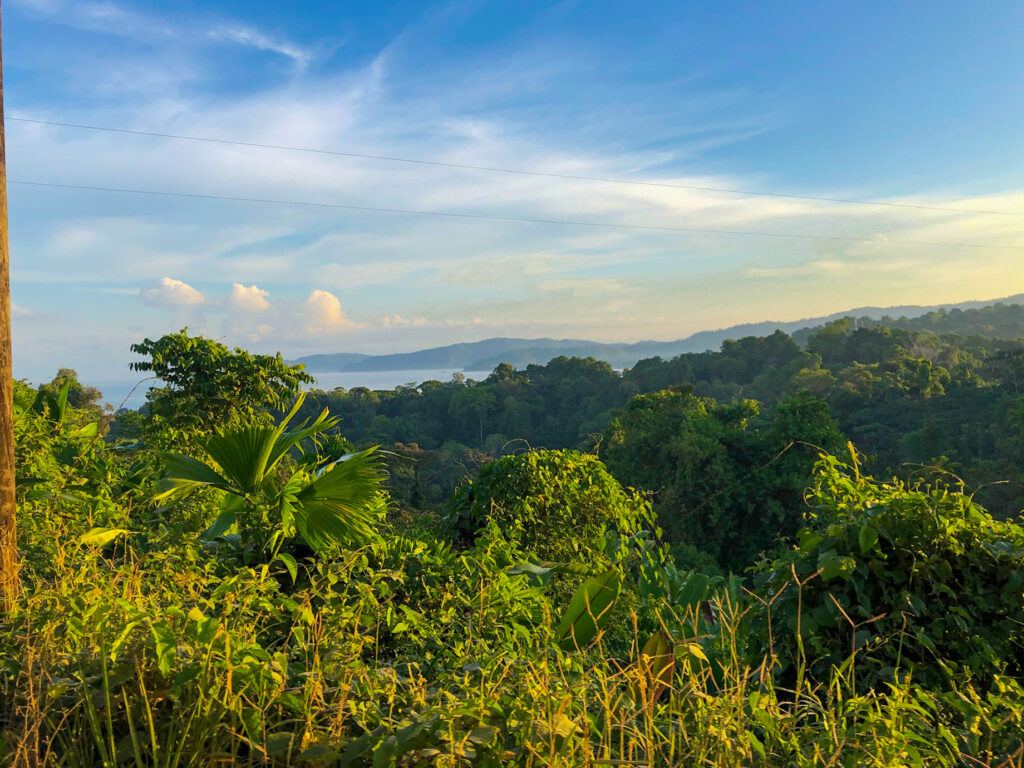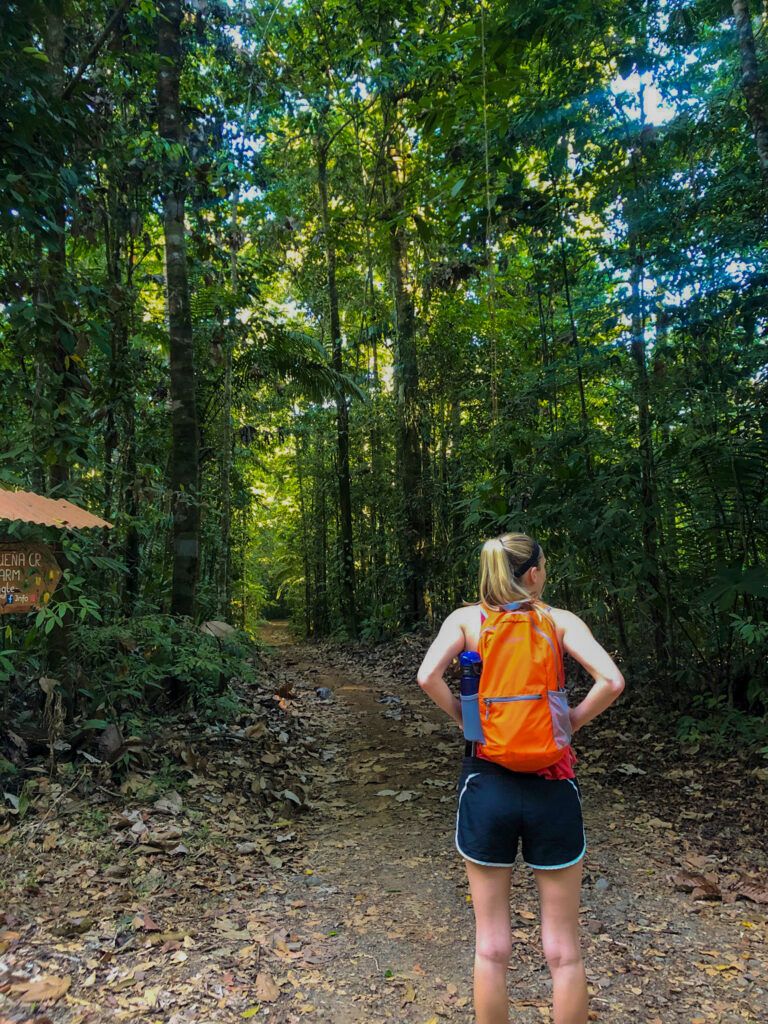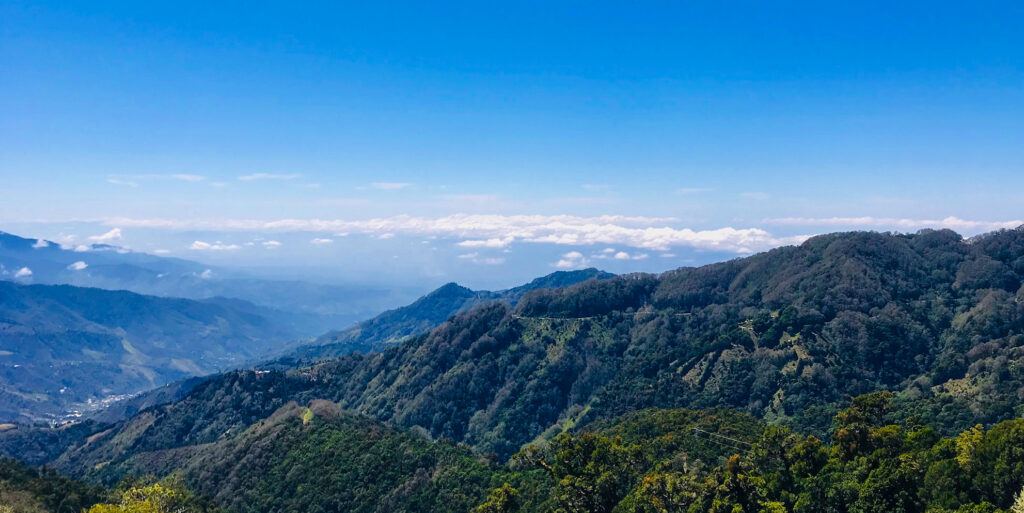This post was written by Megan Macgregor, BMTM’s national parks expert.
Surfing, monkeys, volcanos — what more can you ask for in a country? Costa Rica has all that and more. Every time I’ve visited, I’ve experienced something different.
I had been to Costa Rica twice. On my third visit, I decided I wanted to head to the Pacific coast, as there was one place that was calling my name. I’d already started my adventure of traveling to America’s national parks, but I realized that I’d never explored the national parks in foreign countries.
To this day, Corcovado National Park in Costa Rica is by far one of the coolest places I’ve ever visited, and if you get the chance to go to Costa Rica, I highly suggest you make this part of your journey. The biodiversity of this park — and the country — ensures that every visit is going to unfold differently than the last. If you’re like me, you’ll probably already be planning your return trip before the first one ends!
A Biodiverse Wonderland
National Geographic proclaimed Corcovado National Park one of the most biologically diverse places on earth. It’s home to over 50% of all the species in Costa Rica and holds 2.5% of Earth’s biodiversity. Convinced yet? I’ll continue.

The park, on the Osa Peninsula on the southwestern tip of Costa Rica, was established in 1975 to stop illegal gold mining and logging operations from destroying the habitat. The nation’s tenth national park spans over 100,000 acres on land, and over 8,000 acres in the adjacent ocean.
Corcovado encompasses the last remaining old-growth wet forest (where trees are over 250 years old) on Central America’s Pacific coast. It’s home to 13 ecosystems, including rain forests, cloud forests, palm forests, and mangrove swamps.
While I made my visit part of a ten-day road trip along Costa Rica’s Pacific coast, it’s common for visitors to spend their entire trip to Costa Rica on the Osa Peninsula exploring everything Corcovado has to offer.
Park Fees & Hours

Unlike most of Costa Rica’s national parks, Corcovado has multiple ranger stations, but two major towns that offer access to the park: Drake Bay and Puerto Jiménez. Although it’s possible to camp inside the park or stay overnight at a ranger station, most visitors stay in one of these two towns. Both are only a short distance from the entrance and offer amenities not found…
Click Here to Read the Full Original Article at Be My Travel Muse…
